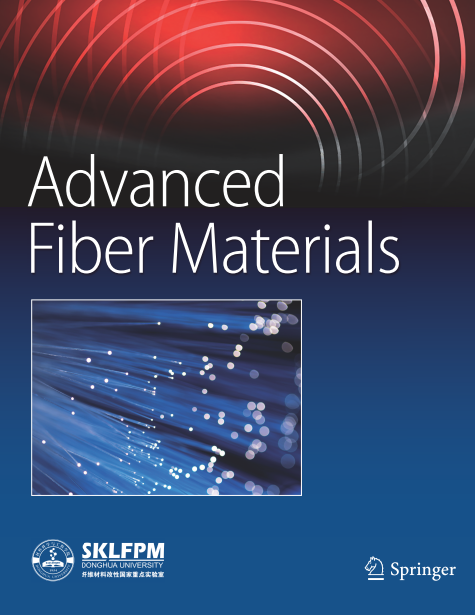Polyacrylonitrile Nanofiber-Reinforced Flexible Single-Ion Conducting Polymer Electrolyte for High-Performance, Room-Temperature All-Solid-State Li-Metal Batteries
Abstract
Single-ion conducting polymer electrolytes (SIPEs) can be formed by anchoring charge delocalized anions on the side chains of a crosslinked polymer matrix, thereby eliminating the severe concentration polarization effect in conventional dual-ion polymer electrolytes. Addition of a plasticizer into the polymer matrix confers advantages of both liquid and solid electrolytes. However, plasticized SIPEs usually face a trade-off between conductivity and mechanical strength. With insufficient strength, potentially there is short-circuiting failure during cycling. To address this challenge, a simple and mechanically-robust SIPE was developed by crosslinking monomer lithium (4-styrenesulfonyl) (trifluoromethylsulfonyl) imide (LiSTFSI) and crosslinker poly(ethylene glycol) diacrylate (PEGDA), with plasticizer propylene carbonate (PC), on electrospun polyacrylonitrile nanofibers (PAN-NFs). The well-fabricated polymer matrix provided fast and effective Li+ conductive pathways with a remarkable ionic conductivity of 8.09 × 10–4 S cm−1 and a superior lithium-ion transference number close to unity (tLi+ = 0.92). The introduction of PAN-NFs not only improved the mechanical strength and flexibility but also endowed the plasticized SIPE with a wide electrochemical stability window (4.9 V vs. Li+/Li) and better cycling stability. Superior long-term lithium cycling stability and dynamic interfacial compatibility were demonstrated by lithium symmetric cell testing. Most importantly, the assembled all-solid-state Li metal batteries showed stable cycling performance and remarkable rate capability both in low and high current densities. Therefore, this straightforward and mechanically reinforced SIPE exhibits great potential in the development of advanced all-solid-state Li-metal batteries.
Graphical abstract

 求助内容:
求助内容: 应助结果提醒方式:
应助结果提醒方式:


